Vija Celmins, Untitled [waves], 1970, print (lithograph).
Take a moment to pause.
Let your eyes move slowly across the surface of the water.
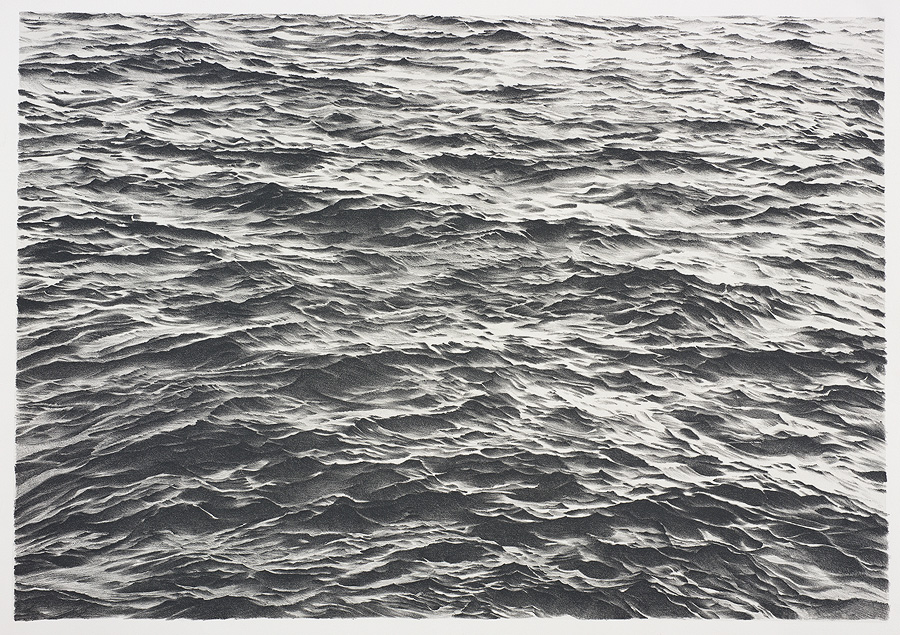
As you take in the image, what patterns do you see?
As you listen to the waves, look more closely at the image’s details. Where do you see evidence of the water’s texture? Its body, its transparency, or its weight?
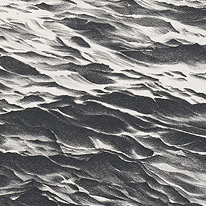
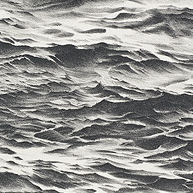
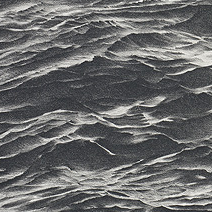
Examine the surface closer. This piece was created by hand. As you hear the motion of waves, do you see evidence of motion in this image? Does it feel natural?
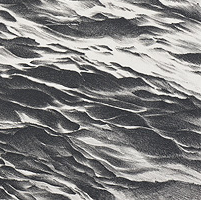
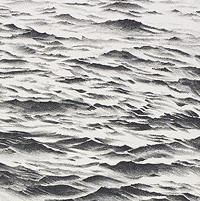
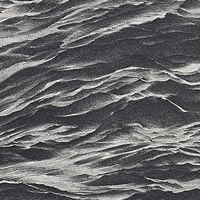
Take a look at the full piece again. Where do your eyes rest? What comes into focus?

Throughout her body of work, Vija Celmins created detailed replicas of images. Focusing on highly intricate and exacting surfaces, such as the stars of the night sky or the surface of the ocean, she methodically reproduced the textures of her subjects. As she moved across the surface of her work, she would sometimes double back, working and reworking the replica’s features until its imperfections were negligible. Some pieces took her years to create, and she often worked in series, producing multiple images of the same subject.
In order create these detailed, intricate surfaces, she would maintain her focus for extended periods of a time. As a result, the texture and quality of her works reward the viewer’s extended attention. As you look at this piece, try to imagine where her hand moved across the surface. How would you begin to replicate this work?
Return to a corner of the piece you’ve examined before. Are you encountering new details?
As you focus on the image, recall memories you have of the ocean. When was the last time you encountered open water?
Imagine the texture of rippling water on your skin. Is there a portion of the image you’re able to feel?
Move your eyes across the surface again. Where is the light brightest? Where is the sea darkest?
As you’re viewing the water’s surface again, imagine what this scene is like outside of this frame. What would it look like to lift your head inside the image? What smells would you expect? If you could put your hand into the water, what textures might you expect to feel?
As the sound of the waves fade, pause again to view the image in silence. Pay attention to any lingering senses of the water. Look again to see where the edges of each shape indicate the artist’s creation.